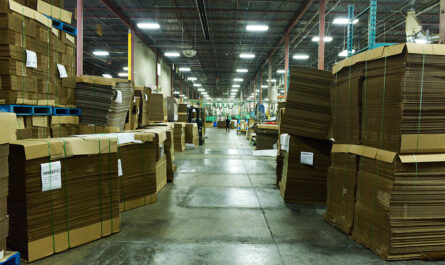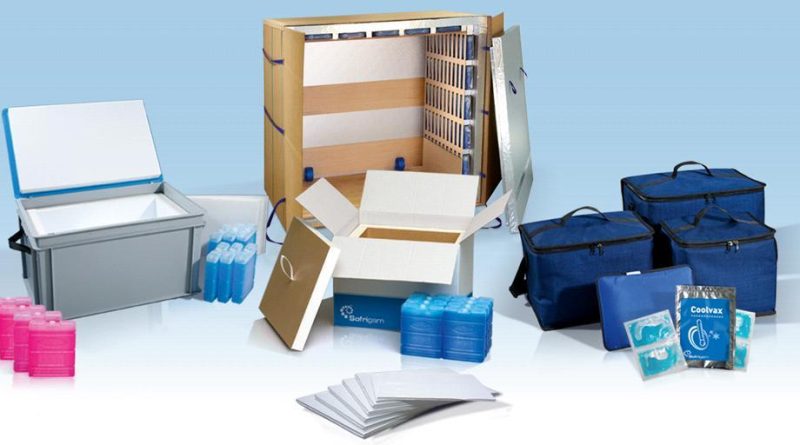The Association of Southeast Asian Nations (ASEAN) represents a combined market of over 650 million consumers. As living standards and disposable incomes continue rising across Southeast Asia, the demand for consumer products is growing at an exponential rate. With this surge in consumption, packaging has become an important aspect of the supply chain to protect, transport and market products effectively. ASEAN countries recognize flexible packaging as a sustainable solution to fulfill the evolving needs of consumers as well as brands.
Flexible Packaging Gaining Ground
Flexible packaging such as pouches, bags, wraps are lightweight, cost-effective and versatile forms of packaging that are perfectly suited for Southeast Asia’s fast moving consumer goods sector. Compared to rigid alternatives, flexible packages have a much smaller packaging footprint and use 30-80% less material. They allow products ranging from snacks, beverages, cosmetics, home and personal care items to be packaged in user-friendly, re-sealable and portable formats.
According to a recent report by Smithers, the ASEAN Flexible Packaging is projected to grow at nearly 7% annually over the next five years. E-commerce and online grocery shopping are some of the key trends fueling demand as flexible packs lend themselves well to delivery and storage of products at home or work. Countries like Indonesia, Philippines, Vietnam and Malaysia with their young and increasingly urban populations are major contributors to this growth. Local manufacturers are ramping up production capabilities to cater to both international and domestic brands targeting the ASEAN consumer.
Sustainability Driving Adoption
Sustainability has become an imperative for businesses as consumers across ASEAN are prioritizing eco-friendly packaging options. Flexible packaging scores high on sustainability metrics since it optimizes material usage. It allows downgauging of film thickness and multilayer co-extrusion technology enable significant material reductions. Their lightweight nature also decreases the overall carbon footprint for transportation and storage compared to rigid or semi-rigid alternatives.
An additional advantage is that flexible packs are highly recyclable. While post-consumer recycling infrastructure is still developing for all plastics across ASEAN member nations, most flexible packaging can currently be recycled along with paper and metals. Packaging converters are increasingly using recycled resins in the production of flexible films. Expected regulatory push for extended producer responsibility in the future will further encourage ‘design for recycling’ approaches.
Consumer Convenience is Key
While pricing and availability of products remain top considerations for ASEAN consumers, ease of use is understandably a high priority too. Flexible packs fulfill this need superbly by being portable, re-sealable and allowing mess-free dispensing and consumption ‘on-the-go’. These user-centric perks are a big draw especially for busy urban professionals. For many fast evolving households, flexible pouches are also better suited for active lifestyles and smaller living spaces compared to bulky rigid containers.
A recent Gallop Poll found convenience to be the number one factor influencing packaging preferences for 71% of respondents across Southeast Asia. Flexible formats like stand-up pouches for food items allow easy portion control and mess-free eating. Reclosable zipper seals or spouts make it possible to access only as much product as needed and reseal leftovers for later use with no wastage. These features address key Asian consumer pain points regarding packaging functionality and food safety.
Brand Support For Local Sourcing
The growth of local flexible packaging manufacturing is creating employment opportunities in ASEAN countries. This has also prompted multi-national CPG companies to support domestic flexible packaging supply chains via local sourcing policies. Major brands like Nestle, Procter & Gamble, Unilever and PepsiCo have aided technology transfers and upgraded capabilities of some key local manufacturers through supplier development programs.
These partnerships boost the use of ASEAN made flexible films in packaging several popular products. Having regionally produced flexible packs minimizes supply chain dependencies and vulnerability issues that arose due to global trade disruptions in recent years. It also potentially reduces transportation costs and carbon footprint from shipping packaging long distances. Local sourcing allows international brands to gain from the economic benefits of country specific packaging regulations and import duties in ASEAN nations.
With steady growth predicted across key sectors like food & beverage, personal care and pharma driven by rising consumer spending power, ASEAN packaging demand points towards a very bright future. Flexible packaging is increasingly becoming the sustainable solution of choice. Its lightweight, material efficient and user-friendly properties make it an ideal fit within the region’s developing multi-layered supply chains and diverse consumer needs. With continued investments to bolster manufacturing infrastructure and recycling capabilities, the ASEAN flexible packaging industry is set for continued success and leadership on the global stage.
*Note:
1. Source: Coherent Market Insights, Public sources, Desk research
2. We have leveraged AI tools to mine information and compile it




